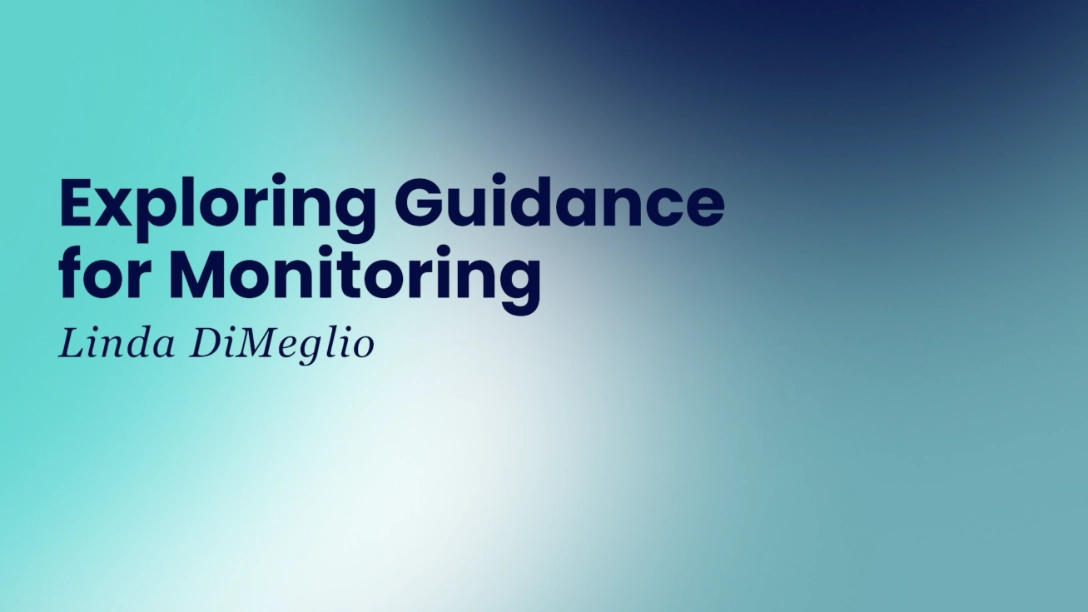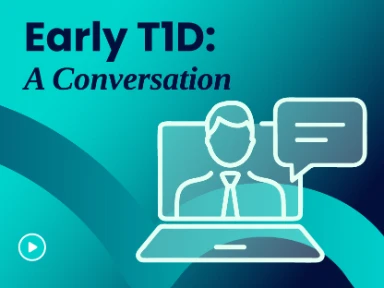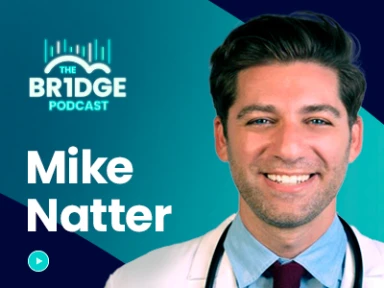- Resource
- BR1DGE
- Monitoring
- Video
Exploring Guidance for Monitoring
People positive for at least one islet autoantibody should be monitored regularly
Learning Objectives
- Understand the monitoring frequency for people testing positive for at least one islet autoantibody

Summary
The first step is to educate people on symptoms of type 1 diabetes and diabetic ketoacidosis (DKA). If you now have this early-stage disease, you need to know what to watch out for and that is critical because many people may not return for regular follow-up or may potentially, especially with young kids, progress in between visits.
If you have a single autoantibody that's positive, you can see the recommendations on the left for children and on the right for adults. Because it’s only a single autoantibody, we want to know if people are progressors or regressors. So we recommend measuring antibodies every six months for kids less than 3, then annually for 3 years and then stop, and at least annually in older children for 3 years and then stop. There is a recommendation to do some metabolic monitoring along with this in children. So do an A1C and a random blood sugar for the first 2 years.
In adults the recommendations vary a little bit or are different than the pediatric ones. You consider an annual A1C if there are additional risk factors, including a first degree relative, dysglycemia or history of stress hyperglycemia. Otherwise perform repeat antibody screening every 3 years.
Once you have two or more autoantibodies, you're in Stage 1 of diabetes. Again, education is critical. Here you can see the monitoring frequency for people with stage one. Again, in children it's more frequent, every 3 months for kids less than 3, 6 months for 3 to 9 and 12 months for kids greater than 9 use an OGTT to stage diabetes when available.
For adults, because the progression is slower and because they often get A1Cs as primary care every year, the recommendation is to do an A1C every 12 months and then modify that frequency depending on age, number of antibodies and type of antibodies. If an A1C exchange is more than 10% to perform an OGTT.
MAT-GLB-2407786-2.0 - 09/2025



